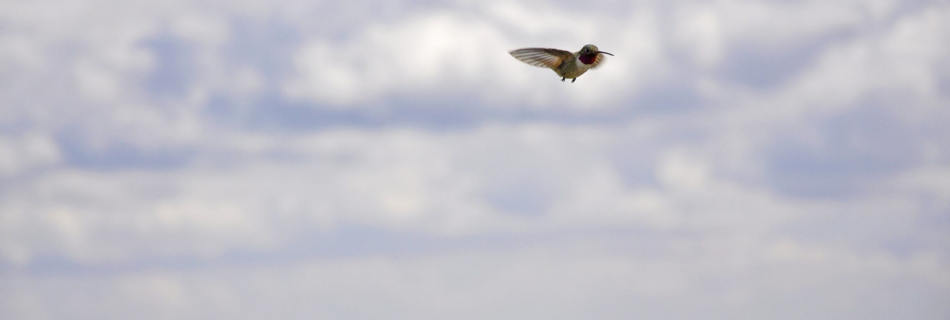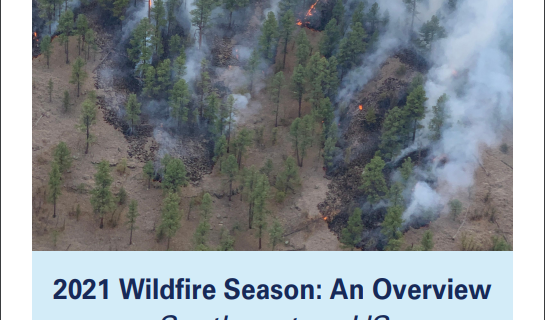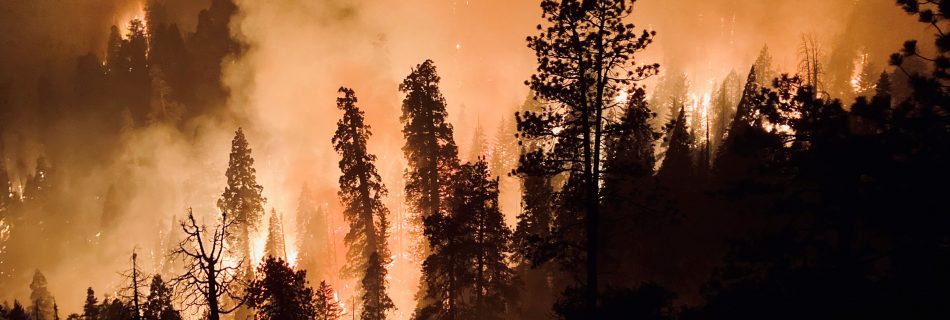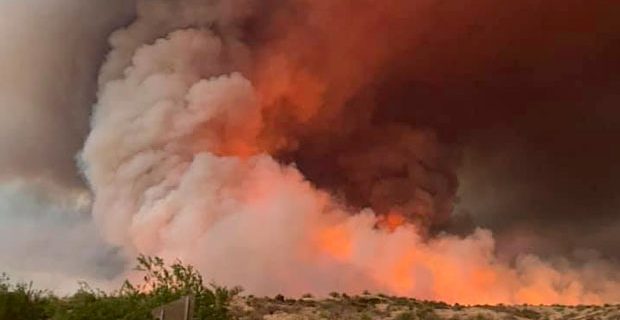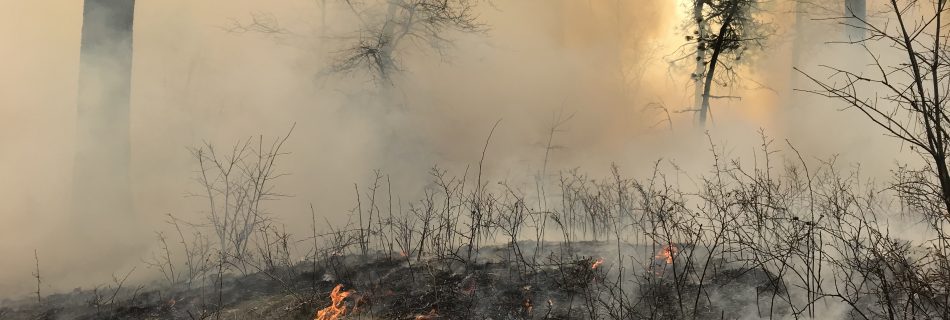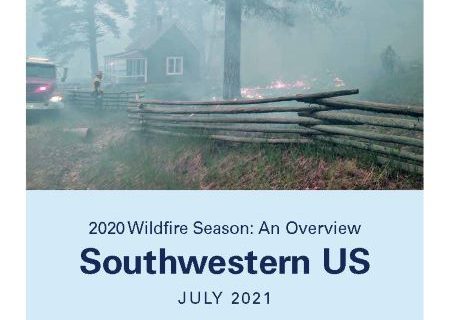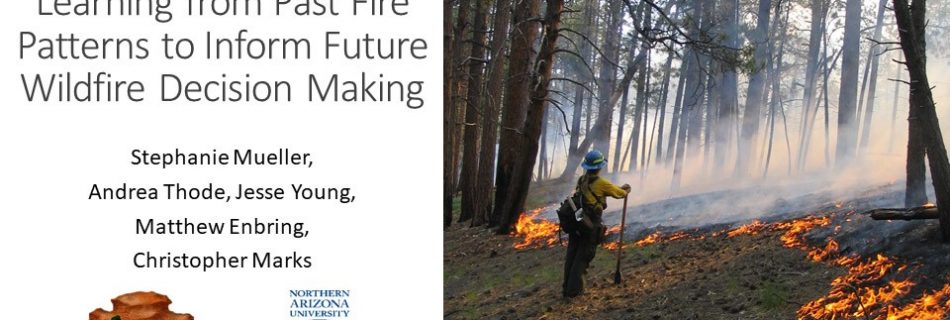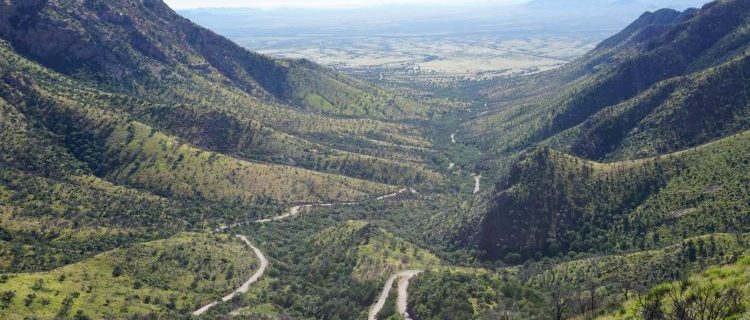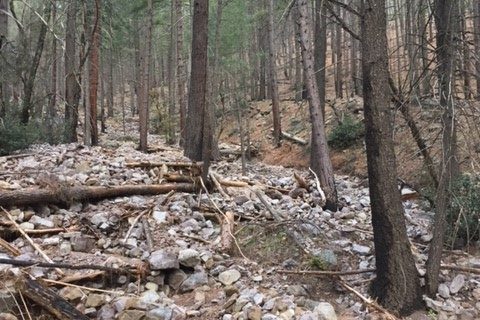Wildlife and Fire Series
This page will continue to be updated as the 3+ part webinar series continues. Check back here for more webinars recordings! Overview In January, the Southwest Fire Science Consortium, USDA Forest Service, Southwest Climate Adaptation Science Center, and many other partners hosted a two-day workshop on the intersection of wildlife and fire. Based on the …

